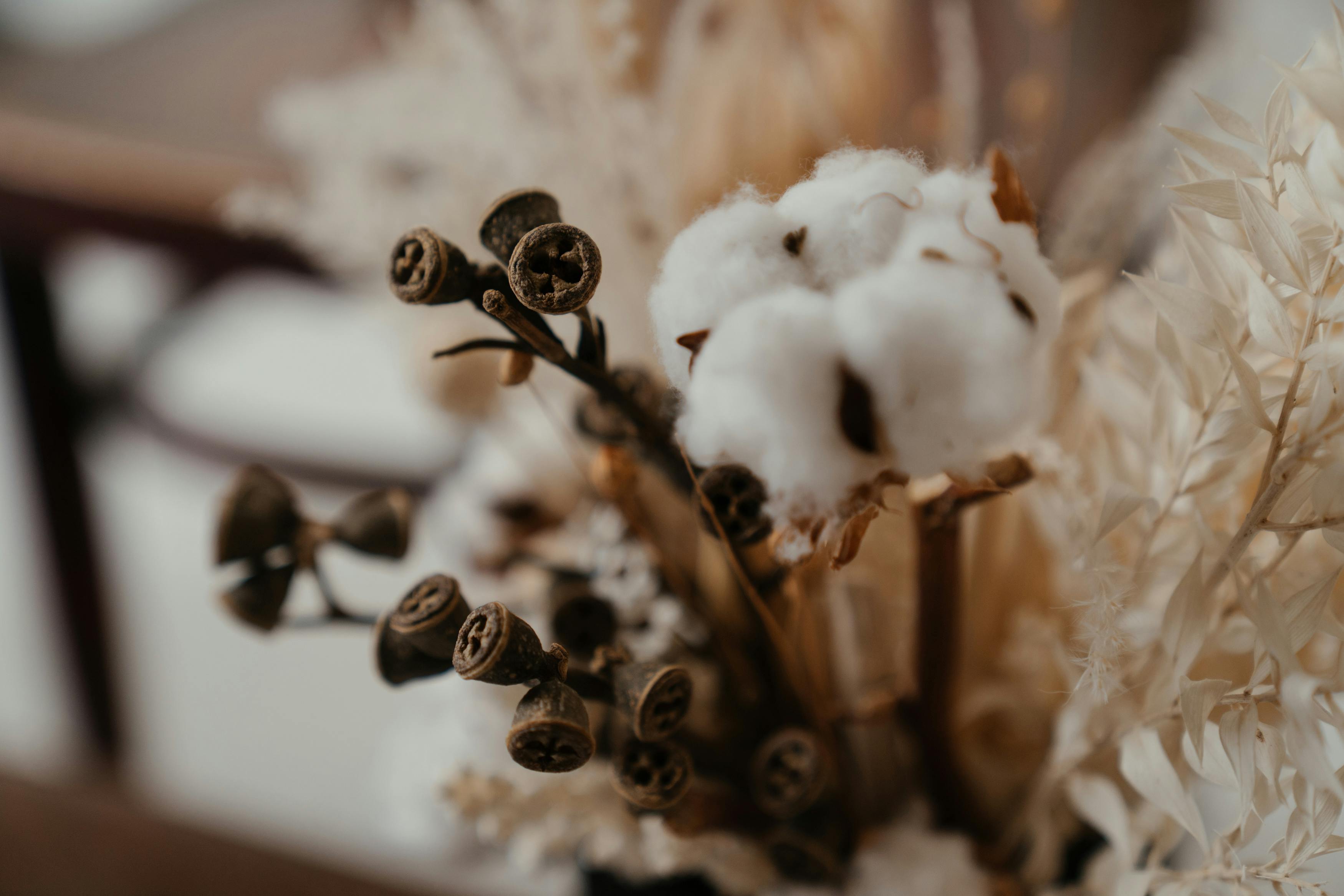
Without them, the deal doesn’t even reach the table.
AIS In Organic September 2025, sustainable fabrics aren’t optional—they’re demanded. Explore why global buyers want certified organic cotton from India and how exporters must adapt.
September used to be about fashion weeks, glossy runways, and retailers vying for attention. But in 2025, it carries a new weight. In 2025 it has evolved from a feel-good campaign month to "Organic" September: a month for global sourcing benchmark.
Buyers in september aren’t just browsing—they’re interrogating. They want proof. And in 2025, proof means fabrics that are not only organic and sustainable but certifiably so.
The Shift : From Niche to Non-Negotiable
Sustainability isn’t a sidebar anymore — it’s in the contract.
Global buyers, especially across Europe and the U.S., now expect sustainability to be built into every deal. Certifications, traceable supply chains, clean production, and circular design are no longer differentiators — they’re the new baseline.
Certifications like GOTS, OEKO-TEX, Fair Trade, and BCI aren’t just labels. They’re your fabric’s passport — the ticket that gets you through customs, both literally and metaphorically.
Why the pressure?
Because buyers themselves are under scrutiny:
And everyone knows what’s at stake:
That polyester shirt taking centuries to decompose isn’t just waste — it’s a symbol of everything the industry is trying to leave behind.
Organic Cotton: India's Strongest Card
India doesn’t just grow cotton; it dominates the market. Roughly a quarter of the world’s cotton comes from here, and when it comes to organic cotton, India stands far ahead of the pack.
Regions like Gujarat, Madhya Pradesh, Maharashtra, and Tamil Nadu have become synonymous with sustainable cotton farming. Global buyers are paying attention — and for good reason.
Organic cotton:
Uses less water
Eliminates synthetic pesticides
Earns unmatched consumer trust
Add GOTS certification — the global benchmark for environmental and social compliance — and you have what buyers now consider the only acceptable form of cotton.
Buyer Expectations in 2025
Buyers aren’t choosing sustainability out of kindness. They’re choosing it because their survival depends on it. In 2025, a sourcing decision isn’t made on samples alone. It’s made on documentation: - Certifications (GOTS, OEKO-TEX, Fair Trade, BCI).
Global buyers now prioritize:
Verified Certifications & Traceability – From farm to finished fabric.
Clean Production – Solar-powered mills, low-impact dyes, zero-liquid discharge.
Circular & Regenerative Practices – Recycled fibers, closed-loop systems, and soil-restoring cotton.
No certificate, no contract.
The Next Frontier: Regenerative Cotton
Organic cotton is just the baseline. Buyers increasingly seek regenerative farming, which restores soil, sequesters carbon, and builds climate resilience. India is already piloting regenerative projects in Aurangabad and beyond—forward-thinking brands adopting these practices are gaining a competitive edge. At AIS, we connect global brands with certified, traceable, and regenerative textile suppliers across India. Our expertise turns compliance into opportunity—helping you deliver proof, not promises.
FAQs on Organic September 2025 & Sustainable Fabrics
Q1. What is Organic September 2025?
Organic September is an annual campaign promoting organic choices. By 2025, it has evolved into a global sourcing benchmark, where buyers demand certified sustainable fabrics rather than marketing claims.
Q2. Why are global buyers demanding sustainable fabrics now?
Regulations, consumer awareness, and Gen Z scrutiny mean sustainability is no longer optional. Buyers need certified fabrics to meet compliance, protect brand reputation, and align with climate goals.
Q3. Why is India central to organic cotton sourcing?
India dominates the global organic cotton market, producing over 50% of the world’s total organic cotton. Key states such as Gujarat, Madhya Pradesh, Maharashtra, and Tamil Nadu drive this leadership, supported by GOTS-certified supply chains that make India the go-to sourcing hub.
Q4. What certifications matter most to buyers in 2025?
GOTS, OEKO-TEX, Fair Trade, and BCI remain the top requirements. Without certification, suppliers risk losing contracts.
Q5. What’s next beyond organic cotton?
The future is regenerative cotton—farming that restores soil health, sequesters carbon, and makes agriculture more climate-resilient. Global buyers are already beginning to demand it.